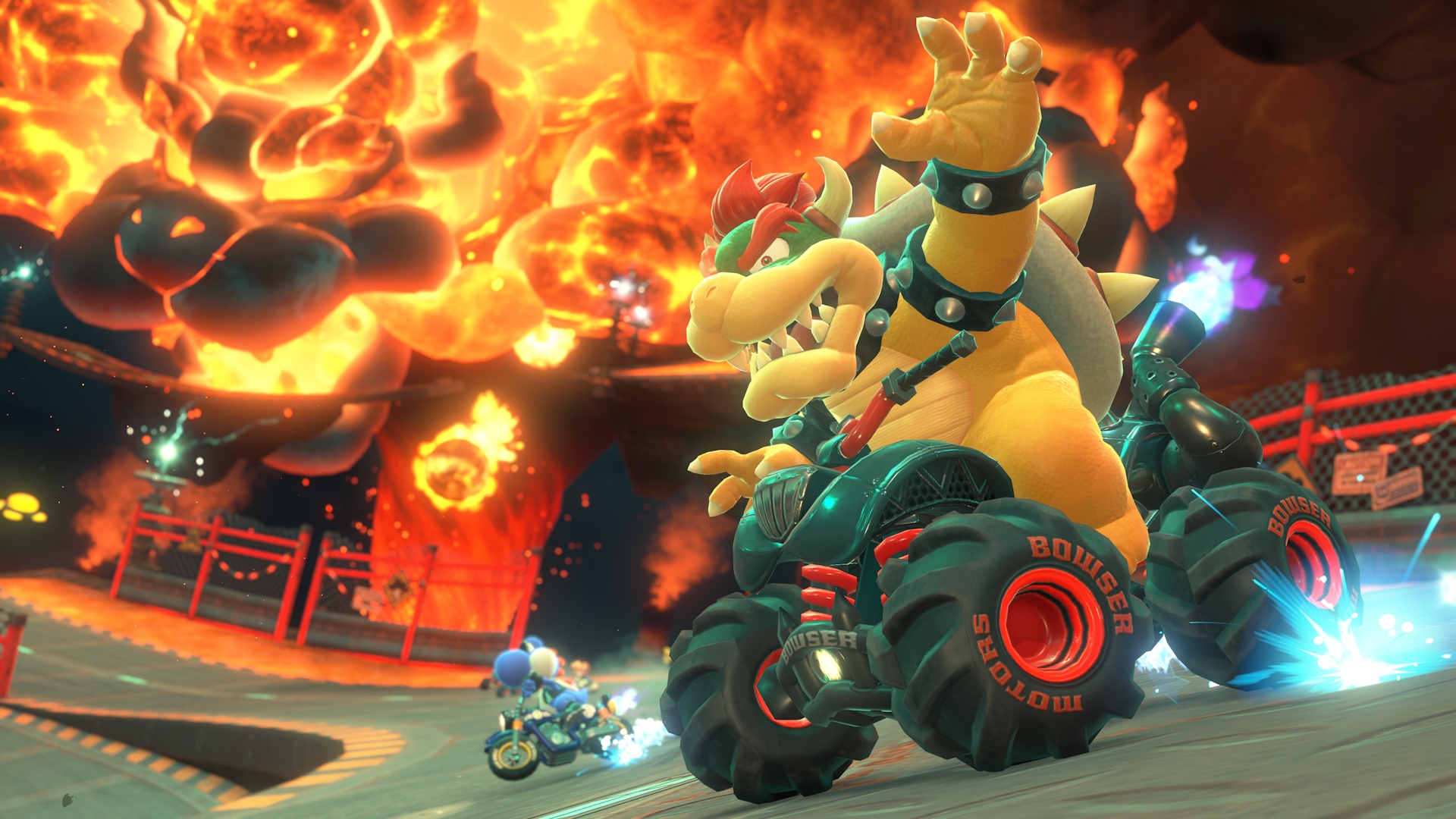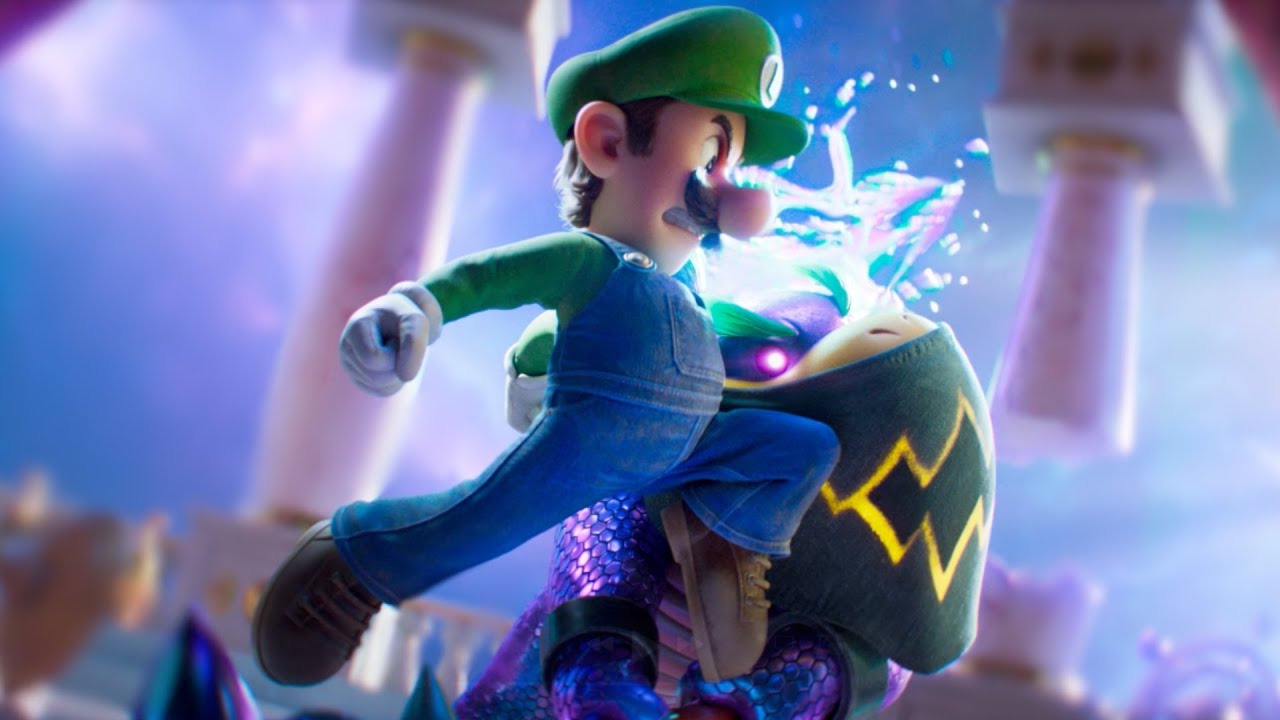As the video game industry continues to evolve, it's no secret that development costs are climbing alongside advancements in technology and consumer expectations.
One of the most prominent examples of this trend comes from the production of Mario Kart World, the latest installment in Nintendo’s iconic racing franchise.
With its global popularity and presence on the Nintendo Switch, Mario Kart has become synonymous with high-quality, content-rich experiences—a goal that has required increasingly large teams and resources. Japanese industry analyst Papen recently provided an illuminating breakdown of the staffing changes across Mario Kart titles, using Mario Kart World as a case study for these broader industry shifts.
According to Papen's analysis, Mario Kart 8 Deluxe, released for Nintendo Switch in April 2017, featured a core team of 18 game designers, 72 programmers, and 73 artists—a total of 163 key development staff.
In contrast, Mario Kart World’s team marked a major upsizing: 22 game designers, 86 programmers, and a remarkable 192 artists were credited, representing an increase of 119 artists alone compared to its predecessor. Most notably, the art department experienced the greatest surge in personnel, underscoring the growing complexity of art, animation, and environmental design in contemporary games.
In the case of Mario Kart World, the expansion correlates closely with its ambitious open-world map, which demanded more specialized talent and detailed assets.
Papen’s research reveals that within the art department, 88 artists were dedicated to field design while 57 focused on character design, with the remainder allocated to other visual aspects.
This emphasis on visually rich, expansive content aligns with consumer expectations for immersive worlds and high replay value on platforms like Nintendo Switch. Another key insight from Papen’s data is the changing makeup of the team.
In Mario Kart World's field design unit, just 6 members had prior experience from Mario Kart 8 Deluxe, and only 1 had worked on the Booster Course Pass expansion.
The situation was even more pronounced within the character design subgroup, where only 3 members had a Mario Kart 8 Deluxe background, and none participated in the Booster Course Pass.
This data signals an injection of new talent and fresh perspectives, diverging from earlier development cycles in which staff continuity was more typical.
For Mario Kart 8 Deluxe, for instance, approximately 80% of the 2014 Mario Kart 8 team returned for the Deluxe version. Automaton Media, who reported on Papen’s analysis, emphasized that these findings reflect a broader trend.
Major game publishers, including Nintendo, are expanding development teams to meet the demands of modern hardware and consumers.
As visual fidelity, content volume, and technical ambition increase on the Nintendo Switch and in eShop releases, team sizes and costs follow suit. Mario Kart World serves as a prime example of how expectations for world design and character diversity are driving workforce growth in game development.
These staffing increases underline not only the collaborative ambition behind Nintendo’s recent projects but also the evolving landscape of game production in today’s industry.
One of the most prominent examples of this trend comes from the production of Mario Kart World, the latest installment in Nintendo’s iconic racing franchise.
With its global popularity and presence on the Nintendo Switch, Mario Kart has become synonymous with high-quality, content-rich experiences—a goal that has required increasingly large teams and resources. Japanese industry analyst Papen recently provided an illuminating breakdown of the staffing changes across Mario Kart titles, using Mario Kart World as a case study for these broader industry shifts.
According to Papen's analysis, Mario Kart 8 Deluxe, released for Nintendo Switch in April 2017, featured a core team of 18 game designers, 72 programmers, and 73 artists—a total of 163 key development staff.
In contrast, Mario Kart World’s team marked a major upsizing: 22 game designers, 86 programmers, and a remarkable 192 artists were credited, representing an increase of 119 artists alone compared to its predecessor. Most notably, the art department experienced the greatest surge in personnel, underscoring the growing complexity of art, animation, and environmental design in contemporary games.
In the case of Mario Kart World, the expansion correlates closely with its ambitious open-world map, which demanded more specialized talent and detailed assets.
Papen’s research reveals that within the art department, 88 artists were dedicated to field design while 57 focused on character design, with the remainder allocated to other visual aspects.
This emphasis on visually rich, expansive content aligns with consumer expectations for immersive worlds and high replay value on platforms like Nintendo Switch. Another key insight from Papen’s data is the changing makeup of the team.
In Mario Kart World's field design unit, just 6 members had prior experience from Mario Kart 8 Deluxe, and only 1 had worked on the Booster Course Pass expansion.
The situation was even more pronounced within the character design subgroup, where only 3 members had a Mario Kart 8 Deluxe background, and none participated in the Booster Course Pass.
This data signals an injection of new talent and fresh perspectives, diverging from earlier development cycles in which staff continuity was more typical.
For Mario Kart 8 Deluxe, for instance, approximately 80% of the 2014 Mario Kart 8 team returned for the Deluxe version. Automaton Media, who reported on Papen’s analysis, emphasized that these findings reflect a broader trend.
Major game publishers, including Nintendo, are expanding development teams to meet the demands of modern hardware and consumers.
As visual fidelity, content volume, and technical ambition increase on the Nintendo Switch and in eShop releases, team sizes and costs follow suit. Mario Kart World serves as a prime example of how expectations for world design and character diversity are driving workforce growth in game development.
These staffing increases underline not only the collaborative ambition behind Nintendo’s recent projects but also the evolving landscape of game production in today’s industry.






